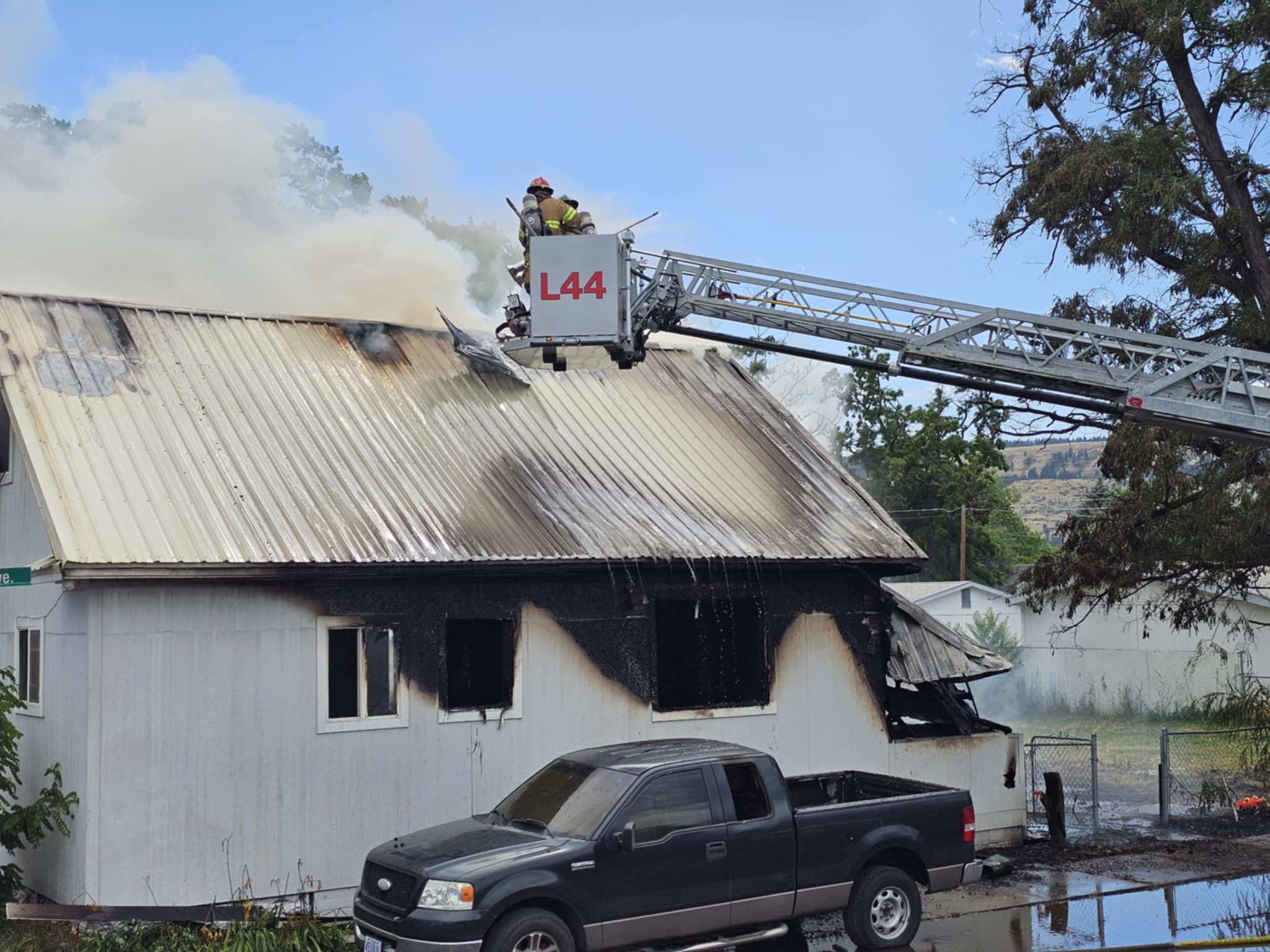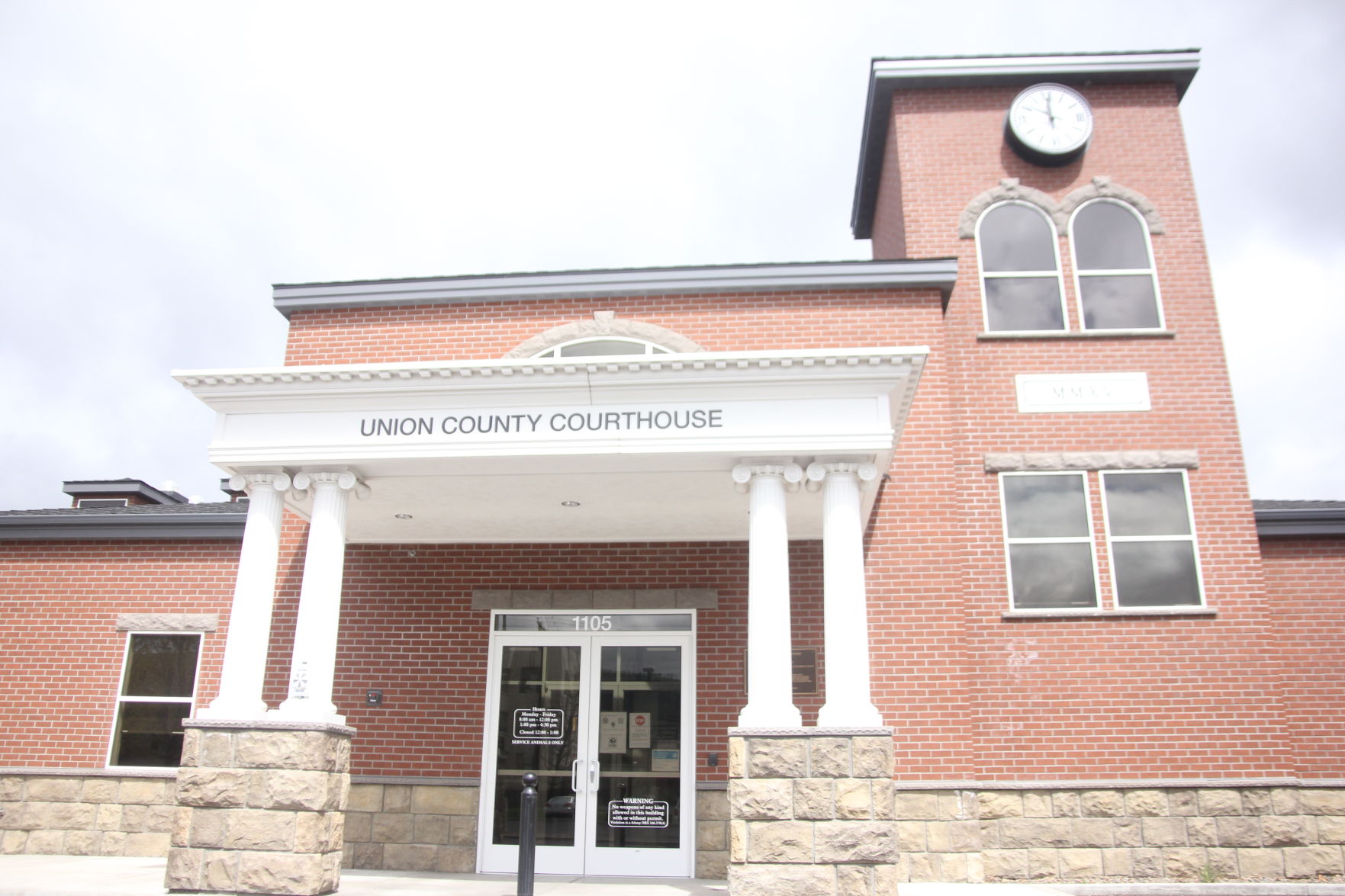Forest Service considers regions for prescribed burns
Published 6:00 am Thursday, October 29, 2020

- A prescribed burn takes place in the Puderbaugh fire unit in 2018. Puderbaugh is among five fire units in Wallowa County, totaling nearly 11,500 acres, under consideration for prescribed burning this fall, though it’s unlikely all of that acreage will indeed be burned. The U.S. Forest Service also has plans for large burns in Baker and Union counties.
WALLOWA COUNTY — More than 11,000 acres in the Wallowa Fire Zone and more than 20,000 total acres within the Wallowa-Whitman National Forest are under consideration for a prescribed burn in the coming days and weeks should the weather allow it.
But it’s unlikely that much land will end up seeing flames before snow flies.
“Between now and the snowfall when the conditions are appropriate,” said Peter Fargo, public affairs officer with U.S. Forest Service, regarding the window for burns. “We’re looking at fuel conditions, weather conditions, and this year in particular we’re prioritizing burn units farther away from populated areas and downwind from populated areas.”
The prescribed fires are a method of forest management used to clear underbrush, dead fuel or down fuel. A burn “allows fire to play its natural role on the landscape under controlled conditions,” according to a press release.
Just five units in the Wallowa Fire Zone are under consideration for a prescribed burn, but the combined size of those sectors is 11,481 acres, and each could see more than 1,500 acres burned. The largest prescribed areas are the Puderbaugh burn unit, southeast of Joseph, at 3,293 acres, and the Muddy Sled burn unit, north of Enterprise, at 2,367 acres.
About 5,000 acres are being considered for the Whitman Ranger District, largely based in Baker County, and another 4,000 could be burned in the Grande Ronde Fire District, most of which is in Union County.
Mark Moeller, assistant fire management officer for the Forest Service, said in an email the federal department is assigned a fuels-reduction target each year.
“This target includes all fuels reduction treatments, and does not specify how many acres of each type of treatment must be accomplished,” he explained. “When the forest receives this target, we set goals for how many acres of each treatment we would like to accomplish in order to reach that target number.”
So far, pile burns are all that have been conducted in the Wallowa Fire Zone, and that was the majority of what was cleaned out through fire a year ago. Moeller said 942 acres of pile burning was done last year, compared to just 167 acres of prescribed burning.
He said Forest Service personnel conducting the burns will move to do so if the right conditions are met but added it’s unlikely there will be much burned this year.
“The weather will not be conducive, likely, this fall to do those,” Moeller said.
Fargo explained the high number of acres listed to potentially be burned by what he termed “good fire” is partly for planning purposes.
“We want to have a lot of opportunities out there, if conditions are right, for a prescribed fire,” he said. “That would be the simple explanation for why there are so many acres on board, so that we have multiple opportunities across the landscape.”
Several groups give their input when areas to receive prescribed burns are recommended, including area fire management officers, Forest Service leadership and partners such as Oregon Smoke Management.
The Northeast Oregon District is coming off one of the best summers in recent history with just 253.5 acres burned and just more than 10 in Wallowa County, according to the Oregon Department of Forestry. That, though, doesn’t mean the prescribed burns should stop.
“The way our fuel management and prescribed fires program looks at the resources is over the long term — over a five-, 10-, 15-, 20-year and more period,” Fargo said, “and anticipating that the vegetation will continue to grow, and in the absence of beneficial fire, (there will) be conditions that are primed for more destructive fires.”









